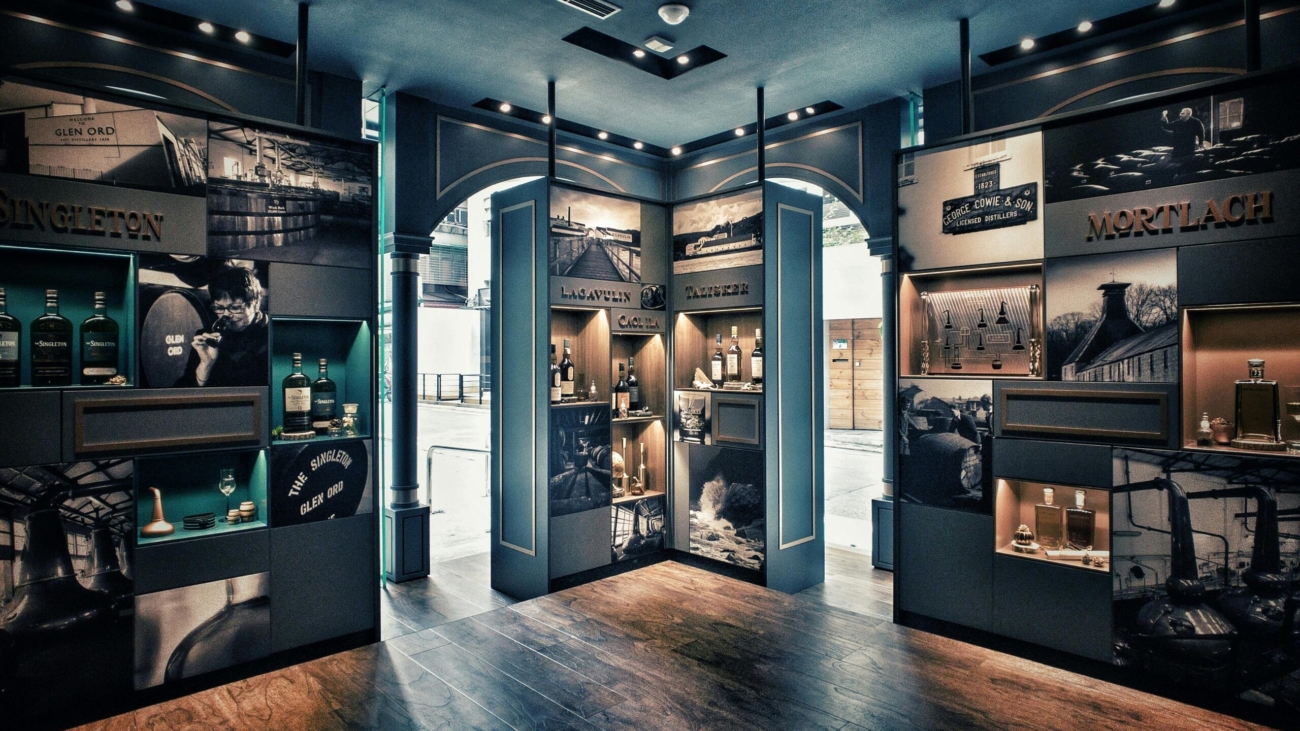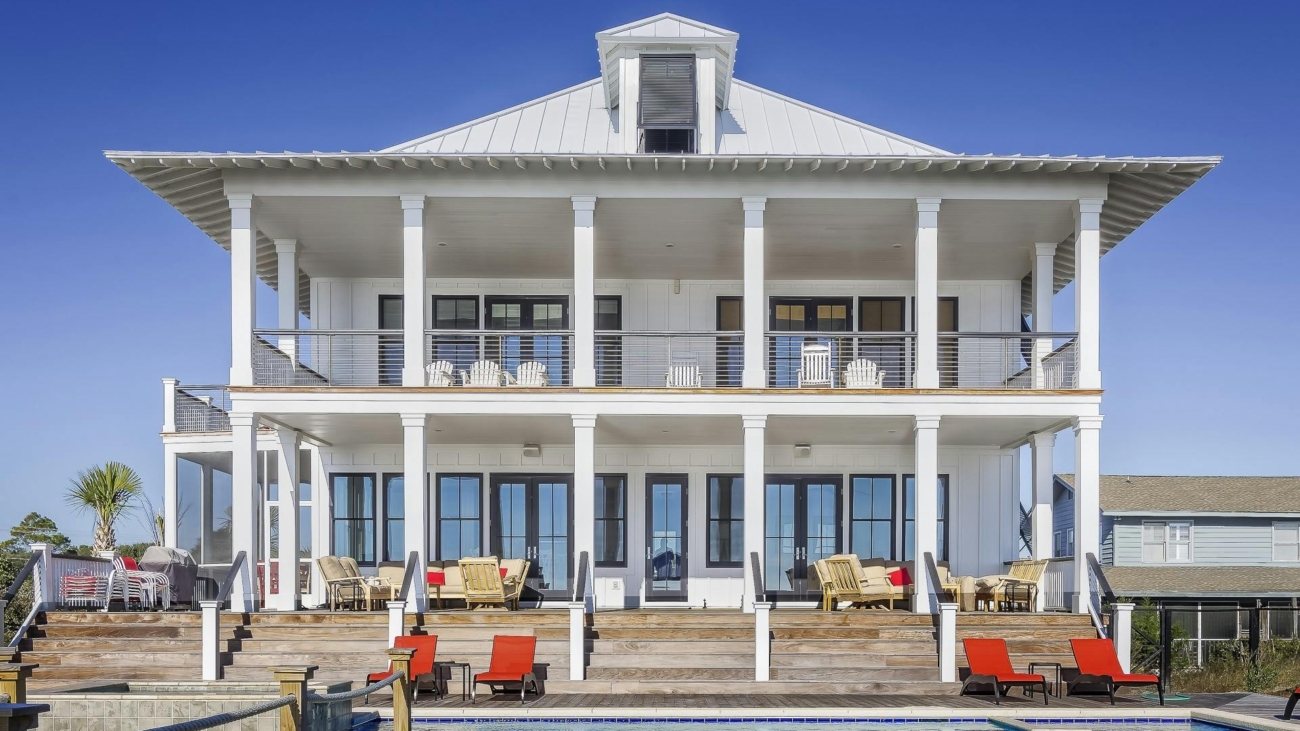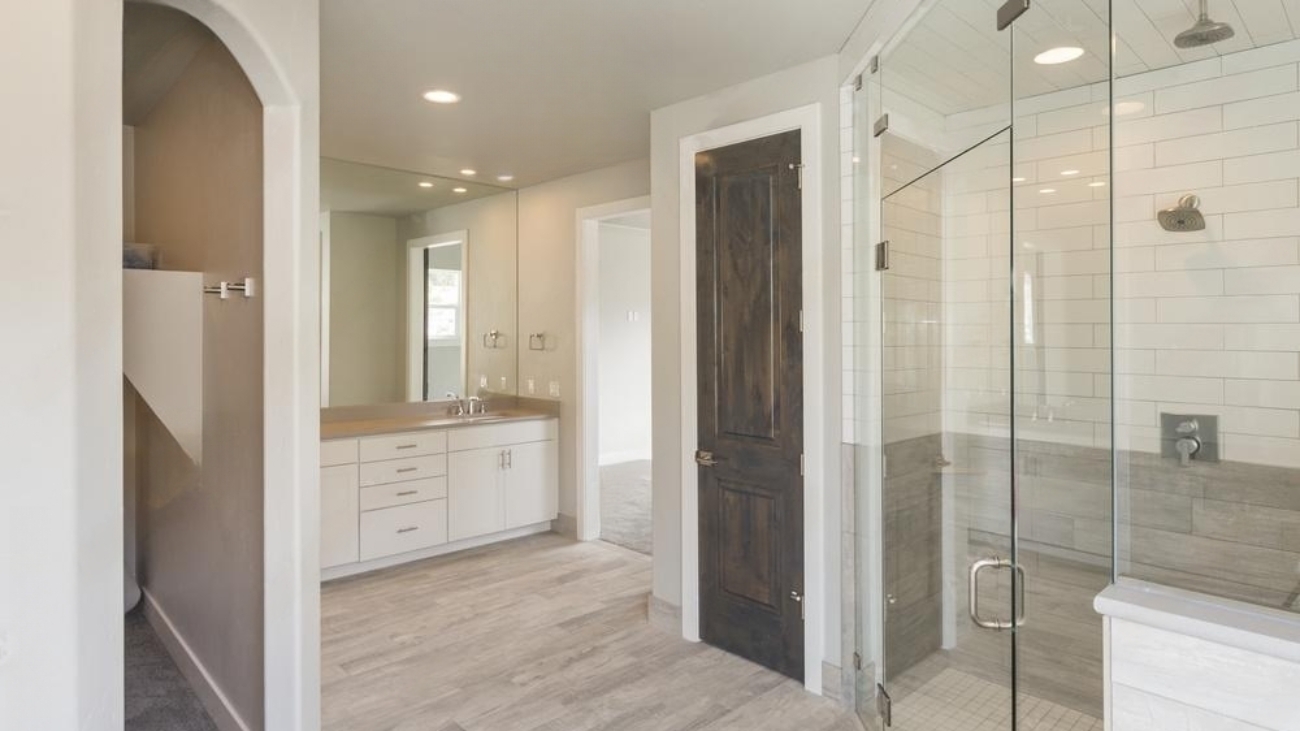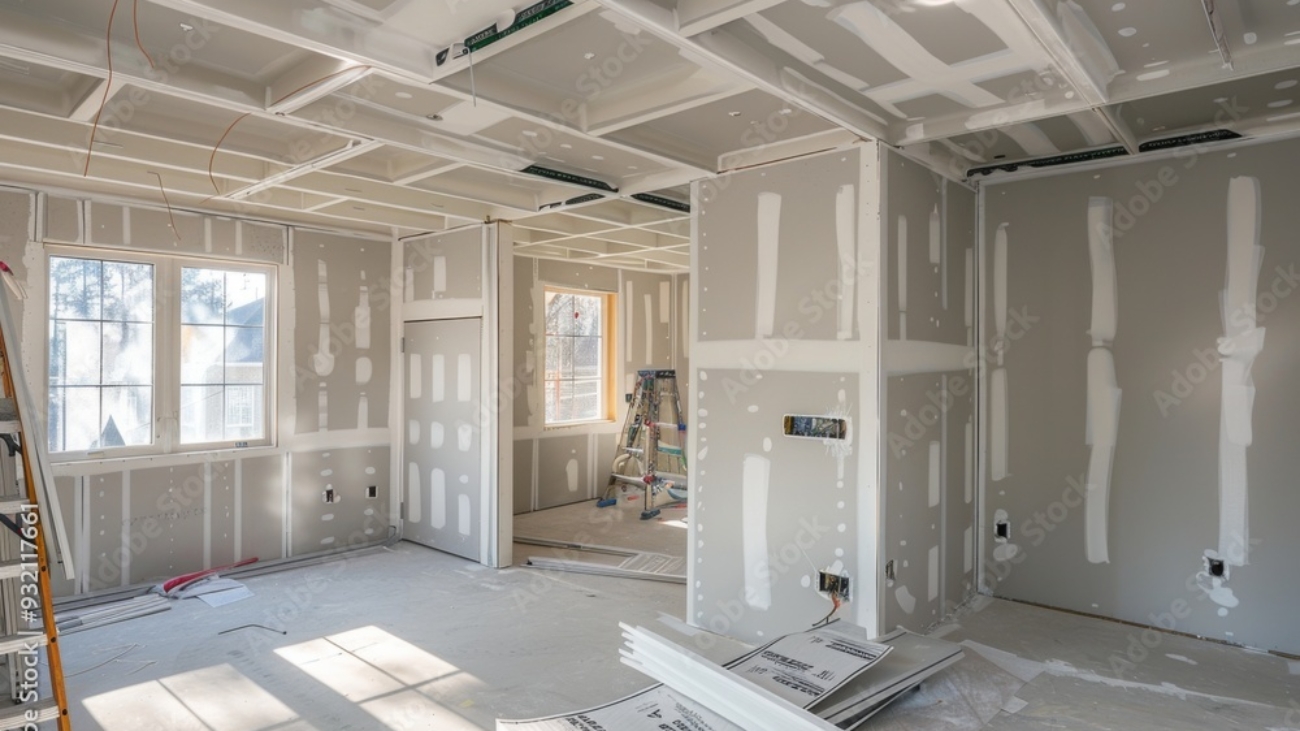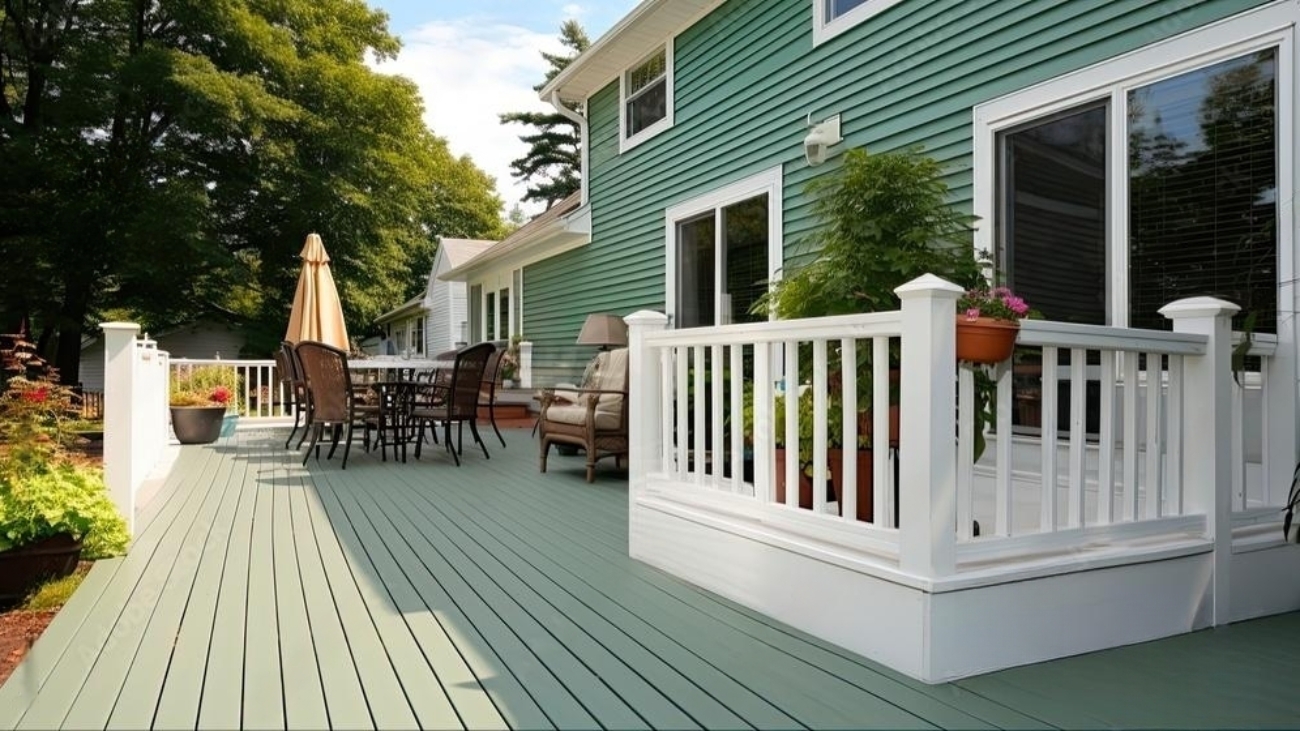Title: Knowing When to Wield the Wrench and When to Wave the White Flag
Alright, let’s have a real talk. We’ve all been there, scrolling through stunning before-and-after photos on a home improvement channel, a half-empty cup of coffee in hand, and thinking, “How hard could it really be?” The siren song of DIY is powerful. It promises glory, bragging rights, and the sweet, sweet sound of money staying in your bank account.
But then reality hits. Maybe it’s the fifth trip to the hardware store in one day for a connector you didn’t know existed, or the “simple” tile job that now looks like a topographical map of the Andes. We get it. At D&D Home Remodeling here in San Jose, we’ve seen it all. So, let’s break down where we should draw that ever-important line between a satisfying DIY project and a job for a professional renovation contractor.
The Allure of DIY: More Than Just Saving a Buck
Let’s not pretend there aren’t some serious perks to doing it yourself. We’re all for it—in the right circumstances.
When DIY is Your Best Friend
DIY isn’t just about cost; it’s about personal achievement. There’s a unique pride in looking at a finished project and saying, “I did that.”
- The Satisfaction Factor: Building that bookshelf or painting an accent wall gives you a burst of pride every time you walk into the room. It’s your sweat equity made visible.
- Total Creative Control: You are the artist, the visionary. Every choice, from the drawer pull to the shade of grey, is yours and yours alone. No committees, no compromises.
- The (Potential) Cost Savings: Let’s be real, this is the big one. By supplying the labor yourself, you avoid that line item on a contractor’s quote. For small projects, the math often works in your favor.
The Sweet Spot for DIY Projects
So, what projects are firmly in the DIY camp? Think of tasks that are:
- Cosmetic and Low-Risk: Painting walls, installing wallpaper, updating cabinet hardware, or swapping out light fixtures.
- Abortable: IMO, this is the most critical factor. Is the project easily abortable? If you start and realize you’re in over your head, can you just… stop without your house becoming uninhabitable? Painting is abortable. Ripping out your only shower is not.
- Well-Documented: You can find a thousand video tutorials online. The learning curve is shallow.
The Professional Touch: Why It’s Often Worth the Price
Now, let’s step into the other side of the ring. This is where we, as a general contractor, come in. Hiring a pro isn’t an admission of defeat; it’s an investment in sanity, safety, and long-term value.
When to Call in the Cavalry (That’s Us!)
Ever wondered why a project that looks straightforward on TV turns into a multi-week nightmare? It’s because what you’re seeing is the edited, sparkly version. The reality often involves unexpected structural issues, baffling building codes, and specialized tools you’ll use exactly once.
- The “Oh, Crap” Moment is Inevitable: Behind that drywall could be outdated wiring, plumbing from the Coolidge administration, or structural surprises. A professional house remodeling contractor has seen it all and builds a contingency plan for these very moments. We make the surprises, well, less surprising.
- Time is a Currency Too: That bathroom remodel you think will take two weekends? It might take you two months of evenings and sacrificed weekends. A professional team like ours at D&D Home Remodeling has the crew and workflow to get it done efficiently. What’s your free time worth to you?
- Code and Compliance Isn’t Optional: Building codes in San Jose, Santa Clara, and the wider Silicon Valley aren’t just suggestions. They’re law. A permit might seem like a hassle, but it’s there for your safety. A best remodeling company will handle all the permitting and inspections, ensuring your project is safe, legal, and up to standard.
The Unmistakable Red Flags for DIY
If your project involves any of the following, put the power tools down and slowly back away. It’s time to search for a trustworthy “bathroom remodeler near me” or “general remodeling” expert.
- Anything Structural: Load-bearing walls, new home additions, or altering rooflines. Just don’t.
- Major Electrical or Plumbing: Water and electricity are fantastic servants but terrible masters. One misstep can lead to fire or catastrophic water damage. This is not the place for on-the-job training.
- Projects Requiring Permits: If your city requires a permit, the project is complex enough to need a professional general contractor.
Drawing the Line: A Handy Guide
Let’s make this practical. Here’s a quick comparison to help you visualize the divide.
| Project Type | DIY-Friendly? | Pro-Recommended? | Why? |
|---|---|---|---|
| Painting a Room | ✅ Absolutely | ❌ Not Necessary | Low risk, highly abortable, great ROI in sweat equity. |
| Installing a Tile Backsplash | ✅ Maybe | 🤔 Advisable for perfection | Requires specific tools and a keen eye for detail. Crooked tiles are forever. |
| Replacing a Faucet | ✅ Yes | ❌ Not Necessary | Basic plumbing that is manageable with good tutorials. |
| Full Bathroom Remodel | ❌ Danger Zone | ✅ Absolutely | Involves plumbing, electrical, waterproofing, and tile work. The cost of a mistake is huge. |
| Kitchen Cabinet Installation | ❌ Risky | ✅ Strongly Recommended | Cabinets must be perfectly level and secure. A pro ensures function and longevity. |
| Building a Deck | ❌ No | ✅ Essential | Structural integrity and safety are paramount. Requires permits and expertise. |
| Exterior Remodeling | ❌ No | ✅ Yes | Your home’s weatherproof envelope is critical. Mistakes lead to leaks and rot. |
The D&D Perspective: What We See from the Trenches
We’ve been providing home remodeling services across Silicon Valley for years, from full home remodels in Saratoga to home additions in Fremont. Our experience has taught us one universal truth: the happiest clients are the ones who knew their limits.
We recently worked with a family in Campbell who started a “simple” bathroom update. They removed the vanity and flooring themselves, only to find subfloor rot and corroded plumbing. What began as a budget-friendly DIY project suddenly required emergency plumbing, structural repair, and a complete redesign. They called us, we fixed the underlying issues, and delivered a beautiful, functional space. The initial “savings” ended up adding to the final cost.
The takeaway? A professional doesn’t just execute the pretty part you see; we manage the invisible chaos that makes the pretty part possible and permanent. When you’re looking for a “renovation contractor near me,” you’re not just hiring labor; you’re hiring peace of mind.
Your Questions, Our Straight Answers
FAQ: DIY vs. Pro Remodeling
1. How much money do I really save with DIY?
You save on the direct labor cost, that’s true. But you must factor in your time, tool rentals or purchases, potential waste from material miscalculations, and the very real risk of costly mistakes. For small, cosmetic projects, the savings are clear. For complex work, the price of a pro is often cheaper than fixing a DIY gone wrong.
2. I’m handy! Can’t I just do the demo and have you handle the rest?
Sometimes, yes! We love enthusiastic clients. But we need to have a serious chat first. An overzealous demo can lead to damaged wiring, pipes, or structural elements that were supposed to stay. It can actually increase the scope and cost of our work. FYI, it’s always best to consult with us before you swing the sledgehammer.
3. How do I find a trustworthy general contractor in the South Bay?
Look for established companies with verifiable licenses and insurance (please, for the love of your home, do not skip this). Read reviews, ask for a portfolio, and get multiple quotes. A good contractor, like us at D&D Home Remodeling, will be transparent about the process, timeline, and cost. We’re proud of our reputation as a trusted contractor from Cupertino to Morgan Hill.
4. Is a full home remodel even feasible to DIY?
Let’s be blunt: no. Not unless you are a full team of licensed electricians, plumbers, framers, and designers yourself. A full home remodel is a symphony of coordinated trades, permits, and project management. Attempting this yourself is a recipe for a half-finished, non-code-compliant, and potentially unsafe house. This is the quintessential “call a pro” scenario.
The Final Nail
So, where do we draw the line? It’s different for everyone, but it usually rests on three pillars: safety, complexity, and your own sanity.
Tackle the paint jobs, the garden beds, and the floating shelves. Revel in the DIY wins. But when a project involves the words “load-bearing,” “permit,” or “main water line,” it’s time to call a professional.
Your home is your biggest investment. Protect its value and your peace of mind by partnering with a team that sees the big picture. Whether you’re in Sunnyvale, Los Gatos, or right here in San Jose, we at D&D Home Remodeling are here to help you navigate these exact decisions. Let’s chat about your project dreams and make a plan that’s smart, safe, and absolutely stunning.


